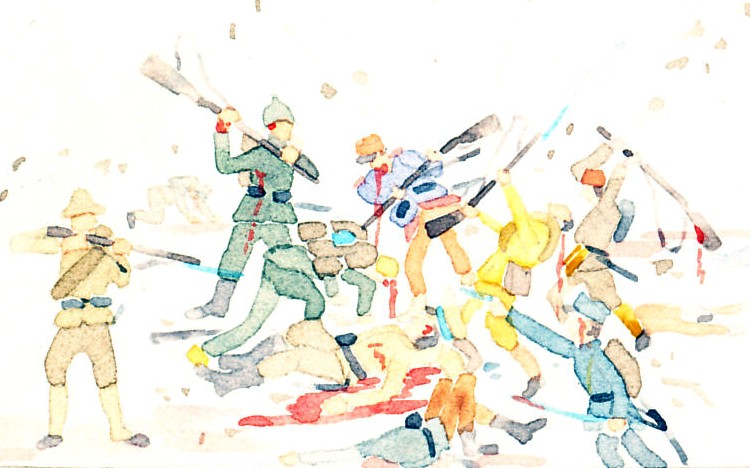Peoples of Austria-Hungary in 1914 from Historical Atlas by William R. Shepherd. The empire's population included Germans, Magyars, Romanians, Italians, and Slavs including Croats, Serbians, Ruthenians, Czechs, Slovaks, Poles, and Slovenes.

Peoples of Austria-Hungary in 1914
Legend:
Germans, Magyars, Romanians, Italians, and Slavs including Croats, Serbians, Ruthenians, Czechs, Slovaks, Poles, and Slovenes.
Other views:
Larger, Larger, Detail
